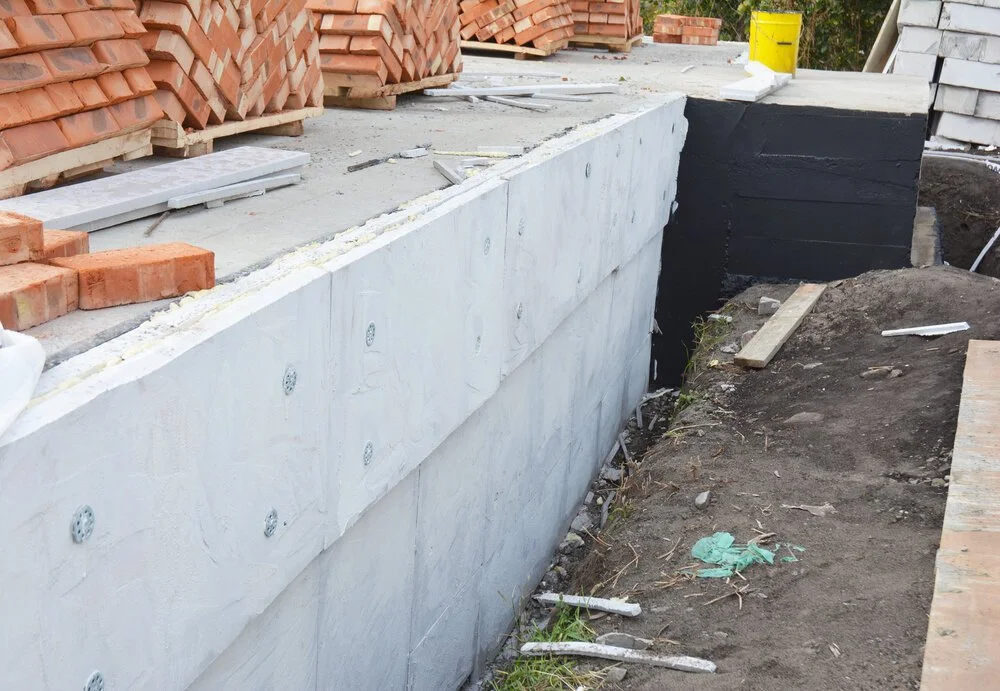The Underpinning Methods of Foundation Repair
A large number of underpinnings are probably called for effective repair. This is defined as a solid foundation that is placed below the ground level to support a structure or strengthen it. Basically, if the foundation of your house is substantially unequal, you will need support or call a residential structural engineer. To clarify you, let's take a closer look at the basic types:
Concrete or Steel Piling Installation – Piering
The Piering project is the largest between the two basic repair methods of foundations. Special machinery is needed and important excavation is necessary. Every pier may be installed via tunneling (pathways dug under a house); however, repairers will have to install piers in your home. However, the type of pier may depend on it.
In general, three types of piers are used for the leveling of a foundation:
Concrete Piers
Concrete piers are pre-casted and installed or cast on the foundation site. Their main objective is to develop a new foundation level. They are designed for highly compressed areas. Because concrete plates are constantly two to three feet long, it is possible to install them through tunneling. Its short length makes it cheaper than other materials that are pierced.
Cheaper is good, but the lower cost is reasonable. Concrete is, of course, an extremely strong material, but because piers are relatively short and can only be pushed into the ground a short distance, soil pressure within the ground can change with time. They still should remain in place for 20 years, but eventually you may come across another issue.
Steel Piers
Steel piers are costlier as they can be driven into the ground to the foundation (all over the ground). The steel pier installation should give the rest of a house a solid, stable foundation.
But more efficiently and lastingly than concrete piers, steel piers also seek to create a new level of foundation. Steel piers are longer and therefore take more time to install. However, the installation is messier. Furthermore, after the repair is complete, experts in foundations repair works to bring your floors back to normal.
Helical Piers
The helical piers are both similar to their counterparts and completely different. They are similar to steel piers, in that they can be boiled to the foundation. The shape of a helical pier is entirely different from the piers in concrete and steel.
Trust the foundation expert to tell you which type of pier are needed to repair your foundation. It will evaluate the problem and identify an attack plan with the selected pier.
Mudjacking
The second of the two underpinning types is mudjacking. Mudjacking is a much simpler process, also known as slabjacking. If anything, the process requires very little digging. Experts will drill the foundation holes to build paths for pumping into concrete or polyurethane. Both options are successful in pumping soil back to the base. The pumping of soil to soil is only going to lead to the same problem.
Although mudjacking is not seen as a permanent fix, the foundation problem will be solved for a long time. Betons and polyurethanes are reliable strategic substances intended not only to supply soil-free areas, but also to scrub and stabilize the soil surrounding them. Mudjacking does not build a new level of foundation. The present foundation is instead fixed. Call Ramjack by American Leveling for residential structural engineer in OKC.

